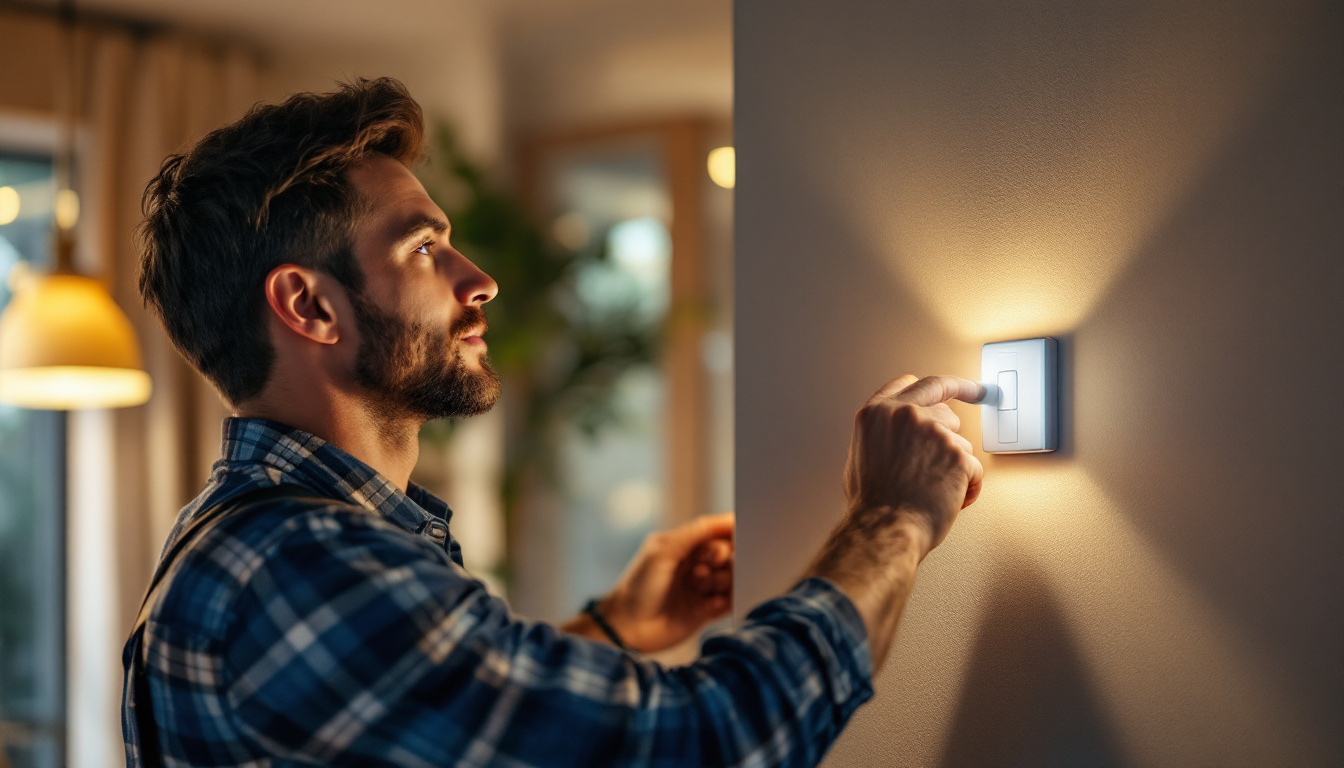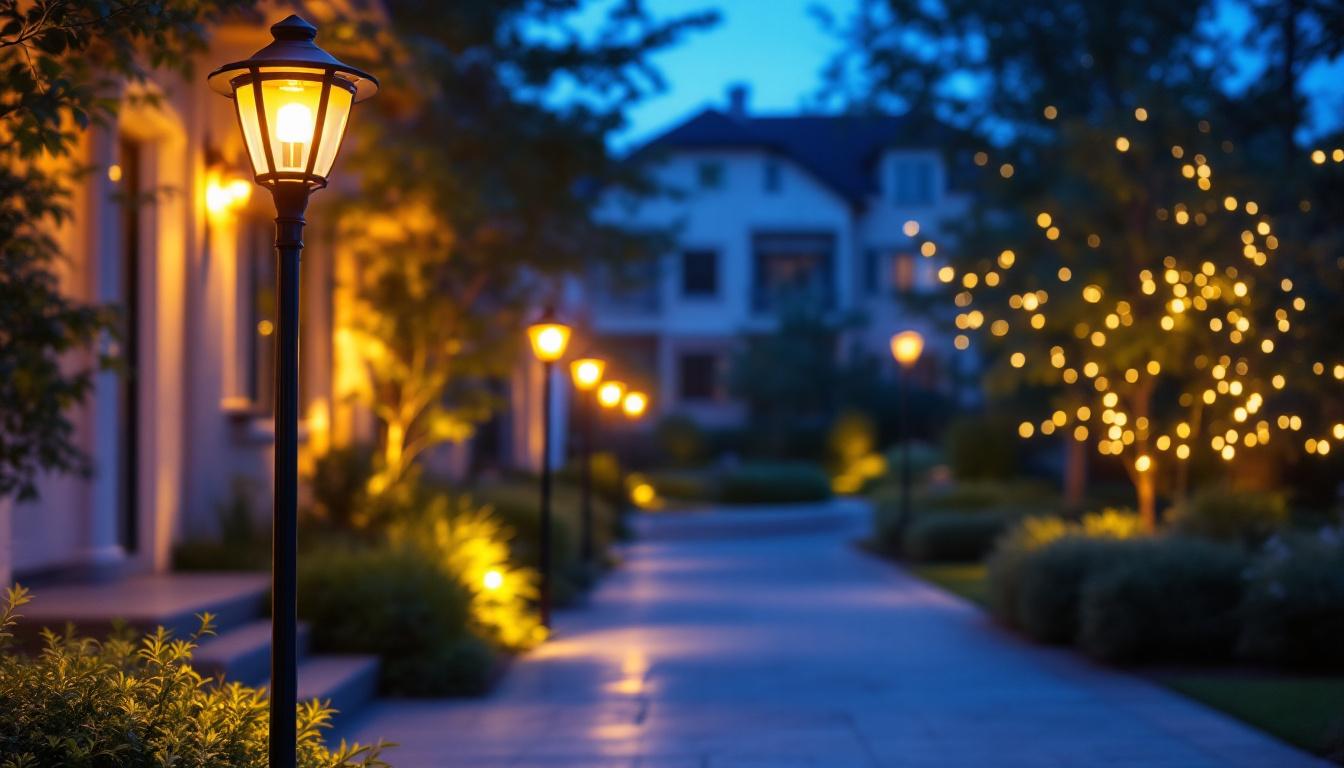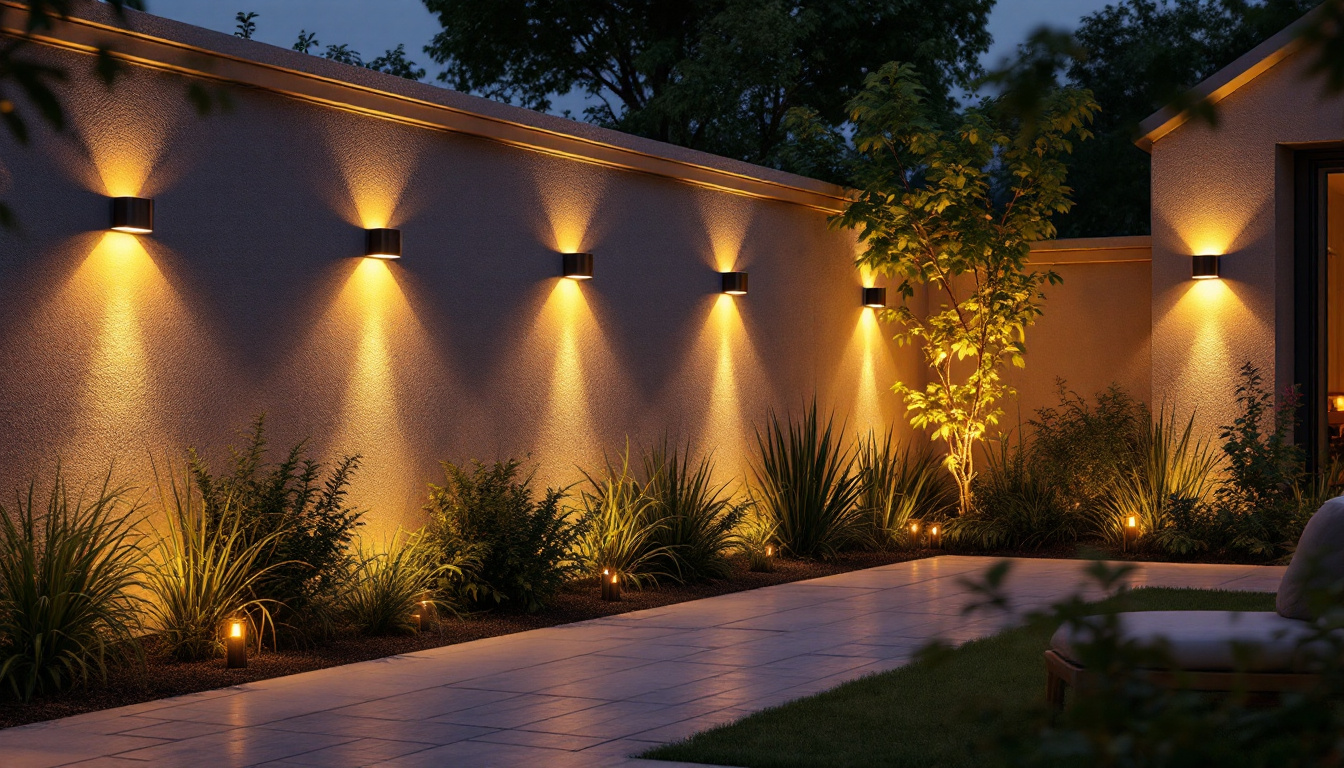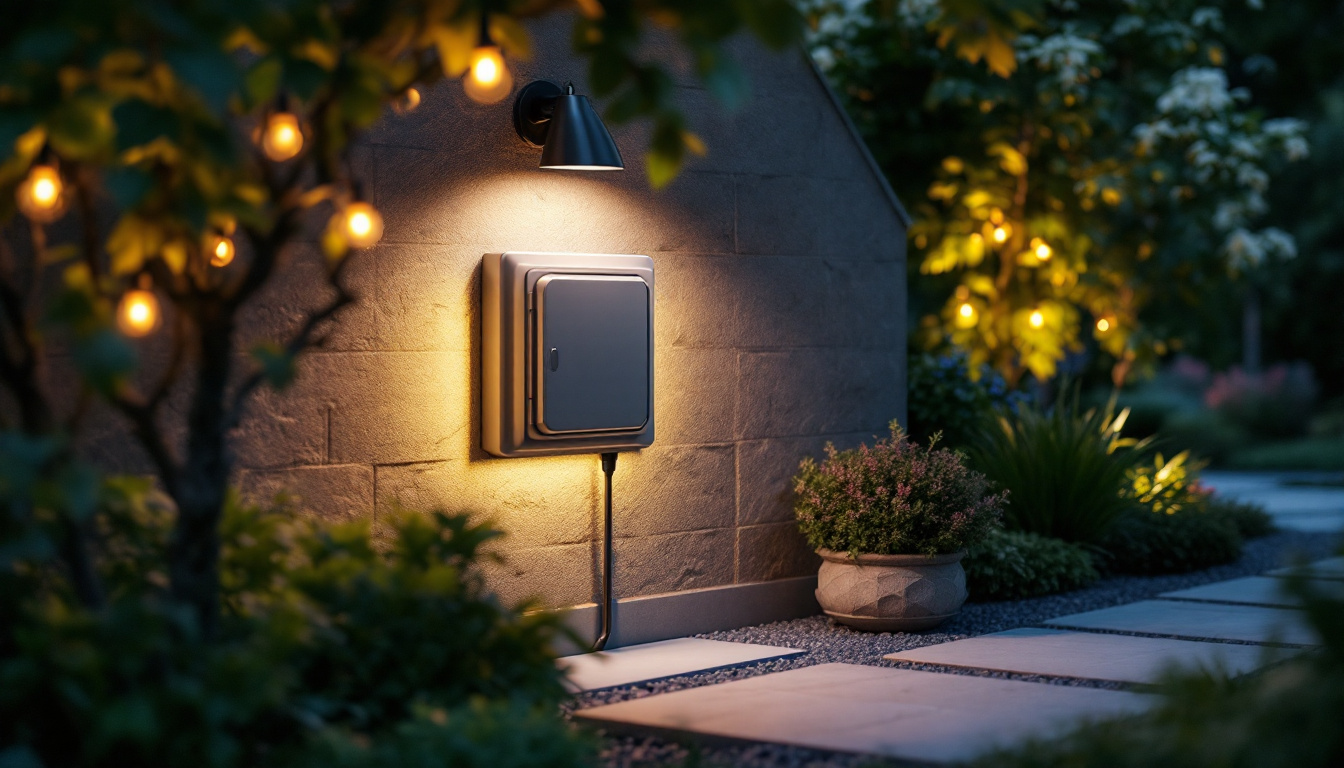
In the ever-evolving world of lighting technology, sensor light switches have emerged as a game changer for both residential and commercial applications. As a lighting contractor, understanding the intricacies of sensor light switches not only enhances your expertise but also equips you to better serve your clients. This guide delves into the various aspects of sensor light switches, including their types, benefits, installation procedures, and troubleshooting tips.
Sensor light switches are devices that automatically control lighting based on environmental factors, such as motion or ambient light levels. They provide convenience, energy savings, and enhanced security, making them a valuable addition to any lighting project. By integrating these switches into your home or business, you can significantly reduce energy consumption and improve safety, especially in areas prone to accidents or dark corners.
Moreover, sensor light switches can be particularly beneficial in reducing the wear and tear on traditional light bulbs, as they minimize the time lights are left on unnecessarily. This not only extends the lifespan of the bulbs but also contributes to lower maintenance costs over time. As technology advances, these switches have become more sophisticated, offering features that cater to a variety of user needs and preferences.
There are several types of sensor light switches available on the market, each designed for specific applications and environments. The most common types include:
When selecting sensor light switches, it is essential to consider various features that enhance functionality:
Additionally, many modern sensor light switches come equipped with smart technology, allowing for remote control via smartphone apps or integration with home automation systems. This added layer of convenience enables users to monitor and adjust their lighting settings from anywhere, enhancing the overall user experience. Furthermore, some models include energy monitoring capabilities, providing insights into energy usage patterns and helping users make informed decisions about their lighting needs.
Incorporating sensor light switches into lighting designs offers numerous advantages. Understanding these benefits can help contractors effectively communicate their value to clients.
One of the most significant benefits of sensor light switches is their ability to conserve energy. By automatically turning off lights when no motion is detected or when there is sufficient natural light, these switches can significantly reduce electricity consumption. This not only lowers utility bills for clients but also contributes to environmental sustainability.
Sensor light switches improve security by ensuring that outdoor areas are well-lit when motion is detected. This can deter potential intruders and provide peace of mind for homeowners and business owners alike. Additionally, the automatic activation of lights can help prevent accidents in dark areas.
For many clients, the convenience of not having to manually switch lights on and off is a significant selling point. Sensor light switches provide a seamless experience, particularly in high-traffic areas where hands may be full or where users may forget to turn off lights. This convenience enhances the overall comfort of the space.
Proper installation is crucial for the effective functioning of sensor light switches. Below are key steps and considerations for lighting contractors to ensure successful installation.
Before beginning the installation process, it is essential to gather all necessary tools and materials, including the sensor light switch, wiring, and appropriate mounting hardware. Familiarize yourself with the manufacturer’s instructions, as different models may have unique requirements.
Wiring a sensor light switch typically involves connecting the switch to the existing electrical circuit. Here are the general steps:
The placement of sensor light switches is critical for optimal performance. Factors to consider include:
Even with proper installation, sensor light switches may encounter issues. Being equipped with troubleshooting knowledge can enhance a contractor’s service quality.
If the lights fail to activate, several factors may be at play. First, check to ensure that the power is on and that the circuit breaker has not tripped. If power is restored and the lights still do not turn on, verify the wiring connections to ensure they are secure and correctly configured.
False triggers can be frustrating for clients, leading to lights turning on unexpectedly. This issue may arise from overly sensitive settings or environmental factors such as pets or moving trees. Adjusting the sensitivity settings or repositioning the sensor can often resolve this problem.
When lights remain on continuously, it may indicate that the sensor is detecting constant motion or that the time delay settings are too long. Review the settings and adjust them as necessary. Additionally, check for any obstructions that could be causing the sensor to remain activated.
With a variety of sensor light switches available, selecting the right one for a specific project is crucial. Consider the following factors when making your choice:
Different applications require different types of sensor light switches. For outdoor areas, photocell sensors may be more appropriate, while motion sensors are ideal for indoor spaces. Assess the specific needs of the project to determine the best fit.
Ensure that the sensor light switch is compatible with the existing lighting system. This includes checking voltage requirements and ensuring that the switch can handle the wattage of the connected lights. Compatibility is essential for both safety and functionality.
While it can be tempting to opt for the cheapest option, investing in quality sensor light switches can lead to better performance and longevity. Consider the long-term benefits of energy savings and reduced maintenance costs when selecting products for clients.
The lighting industry is continuously evolving, and sensor light technology is no exception. Keeping abreast of emerging trends can position contractors as knowledgeable professionals in the field.
As smart home technology becomes increasingly popular, sensor light switches are being integrated into broader home automation systems. This allows for remote control and monitoring through smartphones and other devices, providing enhanced convenience for users.
Innovations in sensing technologies are leading to more accurate and efficient sensor light switches. For instance, some models now use advanced algorithms to differentiate between human movement and other disturbances, reducing false triggers significantly.
With a growing emphasis on sustainability, manufacturers are developing sensor light switches that utilize eco-friendly materials and energy-efficient designs. This trend not only meets consumer demand but also aligns with global efforts to reduce carbon footprints.
Sensor light switches represent a significant advancement in lighting technology, offering numerous benefits to both contractors and clients. By understanding the types, features, and installation processes of these devices, lighting contractors can enhance their service offerings and meet the evolving needs of their customers. As technology continues to advance, staying informed about trends and troubleshooting techniques will further empower contractors to deliver exceptional lighting solutions.
Ready to elevate your lighting projects with the latest sensor light switch technology? Look no further than LumenWholesale for a comprehensive selection of spec-grade lighting products. Our commitment to quality and affordability ensures that you can access the best in lighting technology without the premium price tag. With free shipping on bulk orders, you can stock up on the sensor light switches you need to keep your projects shining bright. Don’t compromise on quality or cost—Wholesale Lighting at the Best Value is just a click away. Experience the LumenWholesale difference today!

Discover how outdoor lighting pole lamps can transform your lighting installation projects with enhanced efficiency and aesthetics.

Discover the crucial role of commercial outdoor sign lights in enhancing visibility and aesthetics for businesses.

Discover the often-overlooked aspects of solar wall lighting that even seasoned lighting contractors miss.

Discover innovative ways to enhance your home’s lighting by utilizing the often-overlooked electric box outside.